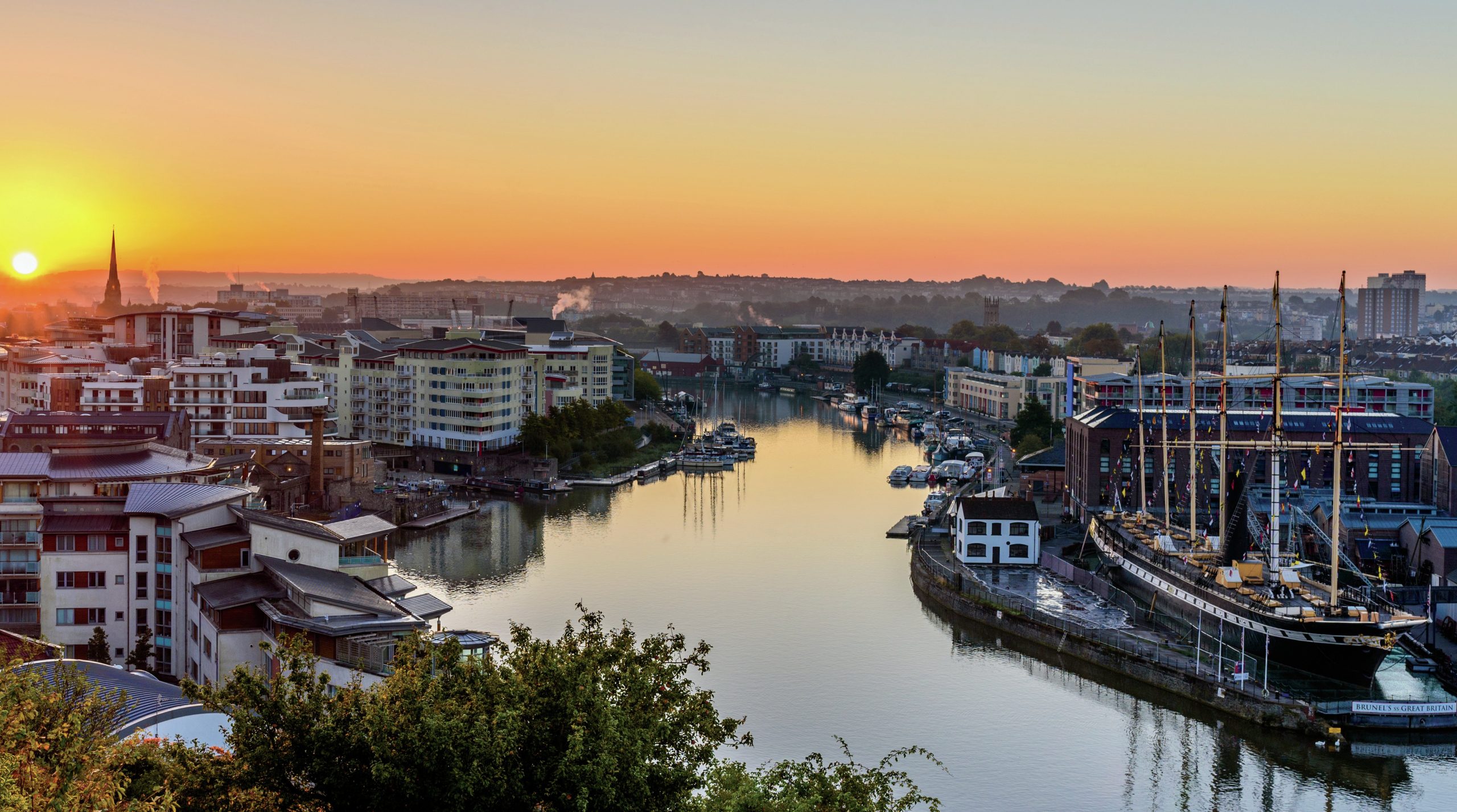
When SS Great Britain was launched from a dock in Bristol in July 1843, it was the largest ship in the world. This luxury transatlantic passenger ship was designed by the brilliant nineteenth-century engineer, Isambard Kingdom Brunel (1806–1859). The SS Great Britain was truly innovative, being built from wrought iron, to make the ship lighter and stronger than a wooden ship, and was driven through the water by a screw propeller, rather than paddle wheels. From 1852 SS Great Britain took emigrants from the UK to Australia, and then from 1882 it was used as a cargo ship until badly damaged by a storm in 1886. Unable to sail back to Britain, it was anchored in the Falkland Islands to be used as a floating warehouse, finally being scuttled in 1937. There it remained until it was refloated in 1970 and brought back home to Bristol, to be conserved and displayed for visitors.
Corrosion is a big problem for a ship built from iron. To conserve the parts above the waterline, the metalwork was cleaned using ultra-high-pressure water jets and protected from the weather with several coats of paint. However, the lower parts of the ship had spent 127 years in contact with seawater, from which salts had bonded to the iron. These salts are hygroscopic, i.e. they attract moisture, and are very difficult to remove. Even if the lower parts of the hull were painted, the iron would still rust or otherwise corrode.
Your organisation does not have access to this article.
Sign up today to give your students the edge they need to achieve their best grades with subject expertise
Subscribe




